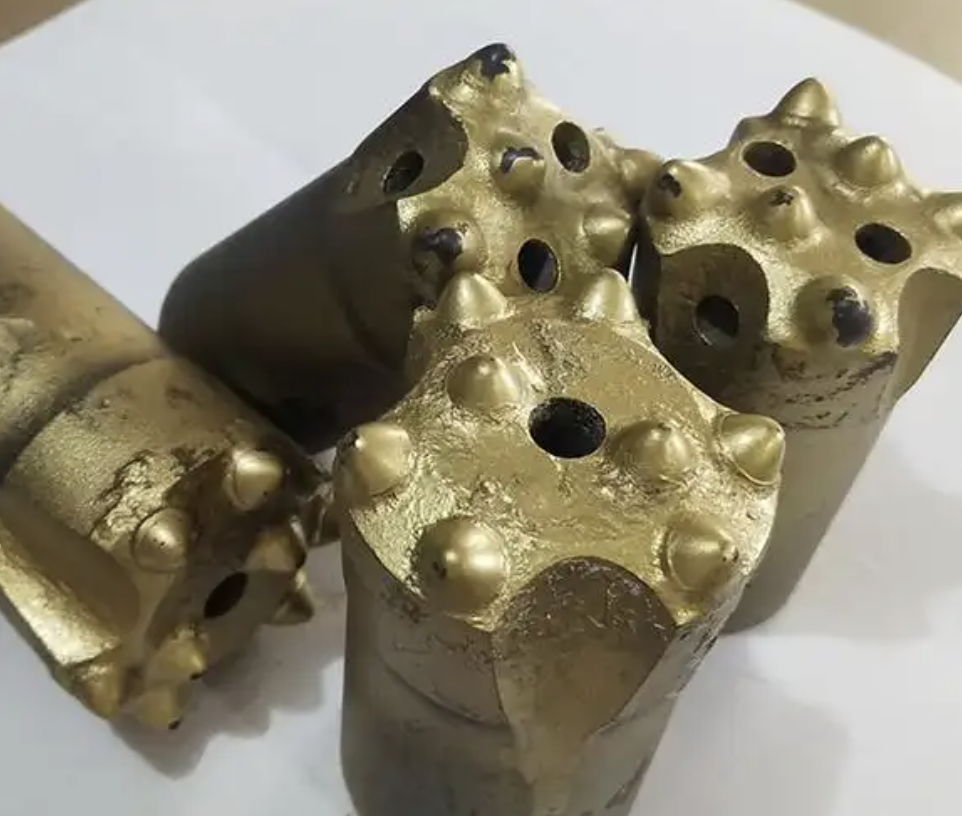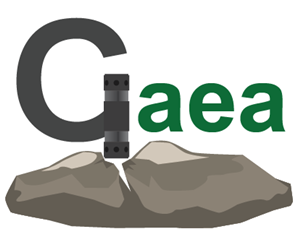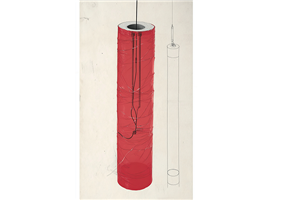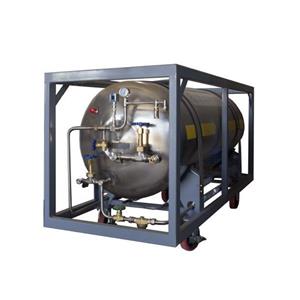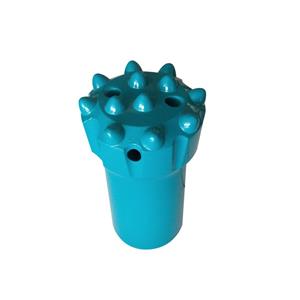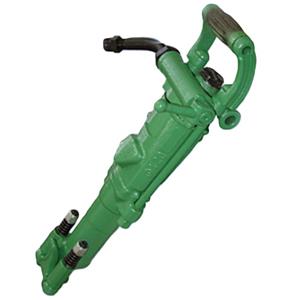Rock drilling costs staying high? It’s most likely poor drill‑tool management — full breakdown of failure causes
On virtually every rock‑drilling project, drilling consumables are a major cost center — after years of use their wear and replacement often account for a large share of total drilling costs. If you want to cut costs and raise efficiency, understanding why drill tools fail is essential.
Tool life is never determined by a single factor: it depends on product quality, correct use, and proper operation. The industry saying “good tools plus skilled operators cuts consumable spending in half” reflects how crucial skilled handling and scientific management are to extending tool life.
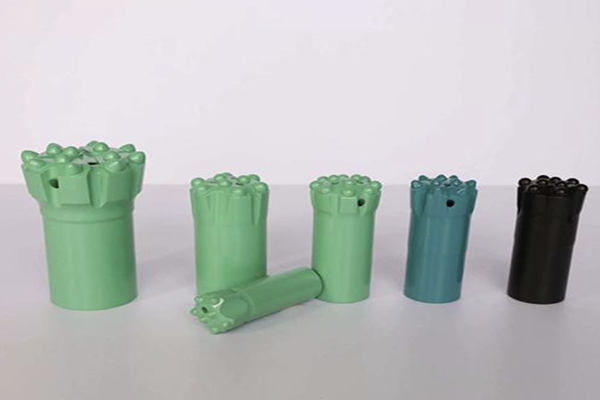
Misaligned tool assembly — stress concentration hides a time bomb The concentricity of the shank, coupling, and drill rod is the foundation for stable tool operation. If an assembly is not concentric after make‑up, it will bend under load and create local stress concentrations. That imbalance prevents tight contact at joints, causing looseness at best and thread wear or fracture at worst.
Mismatched feed (thrust) pressure — too little or too much both harm tools Feed pressure is a core drilling parameter; both insufficient and excessive feed damage tools. Common on‑site pitfalls include:
Low feed pressure: low efficiency and overheating. Insufficient thrust reduces penetration efficiency and can allow joint looseness. In a loose condition energy transfer is severely lost, producing large instantaneous stresses that cause mating faces to repeatedly “impact and separate.” Visible signs are hot tools, clicking noises at joints, and severe overheating that accelerates thread wear or even produces erosion pits.
Excessive feed pressure: higher risk of jamming and rod bending. Excessive thrust forces the bit to slow its rotation, hurting progress and greatly increasing the chance of tool jamming. It also dramatically raises bending stress on the drill rod, and long‑term use can lead to rod deformation or fracture.
Imbalanced impact (hammer) pressure — efficiency and life both suffer Proper impact pressure tuning is vital to system coordination. Too high or too low impact pressure will not only reduce rotation speed and drilling efficiency, it will also directly shorten tool life. Incorrect impact pressure produces unbalanced instantaneous impact forces on the tools — accelerating bit tooth wear in mild cases and causing full drill‑steel fractures in severe cases.
Mismatched rotation speed — bit teeth wear out fast Rotation speed must be matched to bit diameter and the hammer’s impact frequency. In simple terms, larger‑diameter bits require lower rotational speed. Blindly increasing rpm overloads the bit’s cutting teeth with excessive cutting stress, accelerating wear or causing tooth breakage and drastically shortening bit life.
Uncontrolled rotary pressure — joints are the first to “give up” Stable rotary pressure (the hydraulic pressure driving rotation / torque control) is an invisible safeguard for tool assemblies: it helps protect the drill string from jamming damage and ensures a steady rotational speed. Crucially, rotary pressure also controls joint tightness — insufficient pressure allows joint slip and frictional heating, causing thread surface flaking, premature wear, and in serious cases, breakage.
Improper use — human error is the most regrettable cause Many tool failures are caused by avoidable operator errors. Key points to watch:
Mixing new and used tools: pairing worn tools with new ones creates uneven load distribution and accelerates wear on the new tools.
Poor rod make‑up practice: misalignment during make‑up, dirt or sand in the threads, or not applying thread lubricant all increase thread wear.
Dry firing (impacting with no load): when the hammer strikes without contact, the instantaneous impact force is taken directly by the tool itself and is a common cause of drill‑steel fracture. Dry firing must be strictly avoided.
Tool longevity needs coordinated effort Drilling is never a solo endeavor. Managing the full life cycle of drill tools requires coordinated action across supply, manufacturing, and field operation. Relying on one link alone won’t make this system work.
Industry competition drives innovation, but progress also requires cooperation. Just as solving hard problems needs combined strength, advancing the drilling sector depends on everyone pulling together. Our real opponents are outdated operating concepts and management methods: only by actively learning scientific practices and embracing new technologies can we maximize tool life and genuinely achieve cost reduction and efficiency gains.
